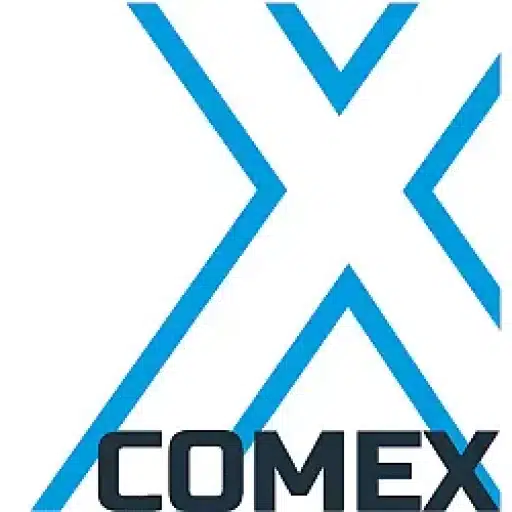+31 (0)43 30 88 400 | office@comex.eu

Set storage requirements for archival data
In our previous blog, we touched on some of the conditions a good backup storage should meet. Something similar, of course, applies to storage used for archival data. In this blog, we tell you more about that.
What requirements can you place on storage for archival data? Overall, you can say that it is important to look at forward-thinking and independence from manufacturers. Organizations with lots of archival data facing the purchase of new storage want storage that will last as long as possible. After all, the longer a storage lasts, the less often you need to migrate data to new storage. Especially if the amount of data is large, it is important to keep a close eye on this. This applies to both on-premises storage and cloud storage, with the lifetime of cloud storage being theoretically unlimited, but often still difficult to estimate. And when cloud storage does require migration, the (transfer) costs can be unforeseeable. An on-premises storage manufacturer will always provide a warranty for a minimum product lifecycle, and usually migration costs can be well estimated from the start
Different protocols
To be future-proof and remain flexible for different applications you use, it is important to have storage that supports different protocols that are common. Very often that is object storage based on S3. So your storage has to support that, but that’s usually taken care of. Just as important, however, is that other protocols are supported as well, because you don’t know what protocol your standard network access will use at renewal. To be flexible in the long run, support from different protocols is essential. Now common: SMB/CIFS, NFS and S3. These protocols should certainly support an archival storage system.
Flexibility
Next is to check whether the storage is flexible in terms of the data storage itself. Especially with on-premises storage, it is good to check this. Many organizations use a semi- or active archive and a static archive. In a semi-archive, changes in the data still occasionally occur. Only when the dates are permanently unchanged do they move to the static archive. This approach requires different storage systems or a system that can handle both archive types.
Self-monitoring and accessibility
What an archive store also needs is self-auditing. The storage can thus ensure that the storage layer remains intact so that there is no loss of data. Furthermore, it is important that data be quickly accessible, even if the data is on a static archive. Last but not least, make sure you have the data in a second copy. It is convenient if the archive store itself supports this.
Want to know more?
We are happy to talk about the possibilities offered by Silent Bricks and how this system meets storage requirements for archival data. Please feel free to contact us!


 Subscribe for tips and info
Subscribe for tips and info